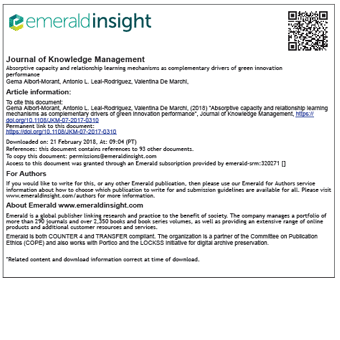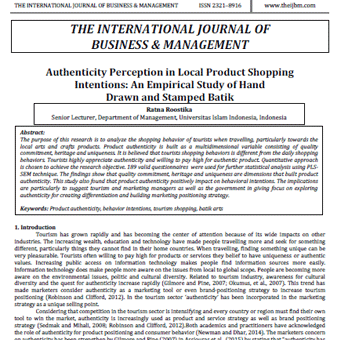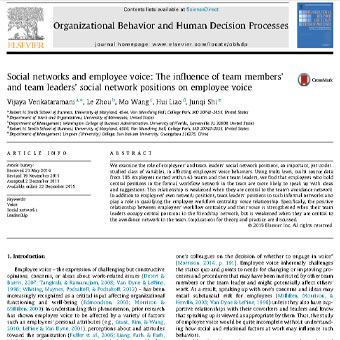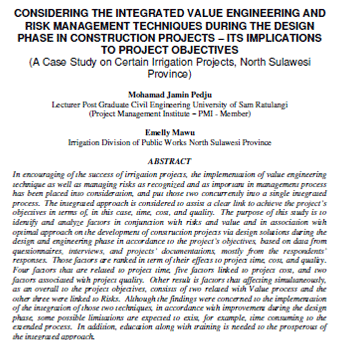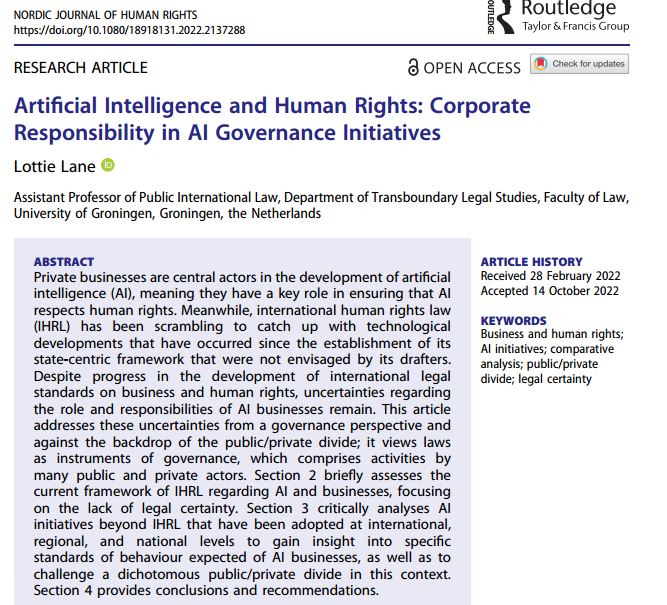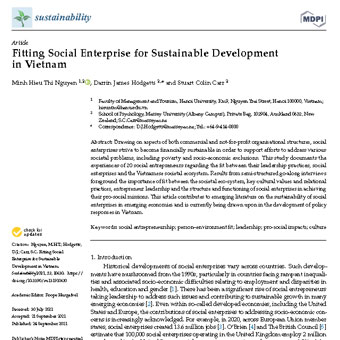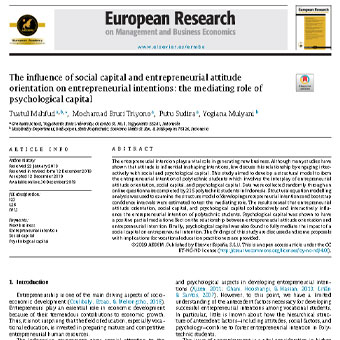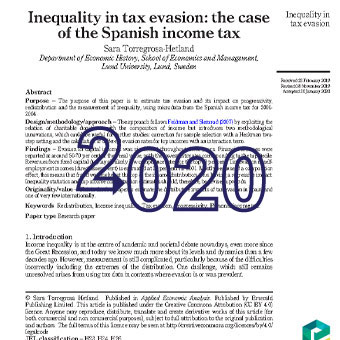عنوان فارسی مقاله:ارزیابی قابلیت پذیرش و سازوکارهای یادگیری و آموزش رابطه محور به عنوان عوامل بهبود کارآیی اختراع و نوآوری زیست محیطی
چکیده
پیش زمینه وهدف: این تحقیق به دنبال تشریح شیوه اثر گذاری عوامل دانش محور داخلی و خارجی بر کارایی اختراع ونوآوری زیست محیطی شرکتها است. در مرحله بعدی، هدف این تحقیق تشریح ارتباط بین قابلیت پذیرش (عامل درونی)، یادگیری رابطه محور (عامل بیرونی) و کارایی نوآوری زیست محیطی است. موادو روشها: مطالعه حاضر در بر گیرنده نمونه شامل ۱۱۲ شرکت مربوط به تولید قطعات یدکی خودرو ACMS در اسپانیا بوده و از مدل سازی مسیر حداقل مربعات جزیی جهت آزمون فرضیات استفاده میکند. یافتهها: طبق یافتههای آزمایشی، قابلیت پذیرش و یادگیری رابطه محور تأثیر مثبت روی عامل وابسته داشته و یادگیری رابطه محور عامل واسطهای رابطه قابلیت پذیرش و کارایی اختراع سبزاست. محدودیت پژوهش: محدودیتهایی در خصوص ACMS و محیط جغرافیایی وجوددارد. لذا پژوهشگران باید در حین تعمیم یافتهها به سناریوها، روند احتیاطی پیش بگیرند. اثرات عملی: روسا باید وقت و پول بیشتری را صرف بهبود قابلیت پذیرش مانند ابزار راهبردی برای ایجاد دانش جدید و بهبودکارایی نواوری اختراع در صنایع ساختو ساز کنند. اثر اجتماعی: این تحقیق در صدد توانمند سازی تصمیم گیرندگان جهت بهبود سازوکارهای یادگیری رابطه محور با ذی نفعان و جمعاوری دادهها و دانش است. اصلیت مطالعه: مطالعه حاضر بیان میکند که یادگیری رابطه محور نقش میانجی در ارتباط میان قابلیت پذیرش و کارایی اختراع سبز دارد(قابلیت پذیرش و سازوکارهای یادگیری).
- لینک دانلود فایل بلافاصله بعد از پرداخت وجه به نمایش در خواهد آمد.
- همچنین لینک دانلود به ایمیل شما ارسال خواهد شد به همین دلیل ایمیل خود را به دقت وارد نمایید.
- ممکن است ایمیل ارسالی به پوشه اسپم یا Bulk ایمیل شما ارسال شده باشد.
- در صورتی که به هر دلیلی موفق به دانلود فایل مورد نظر نشدید با ما تماس بگیرید.
 متن به فارسی | ترجمه مقالات و متون علمی | ترجمه و دانلود مقالات و انواع متون علمی و ادبی و پذیرش سفارش ترجمه
متن به فارسی | ترجمه مقالات و متون علمی | ترجمه و دانلود مقالات و انواع متون علمی و ادبی و پذیرش سفارش ترجمه
